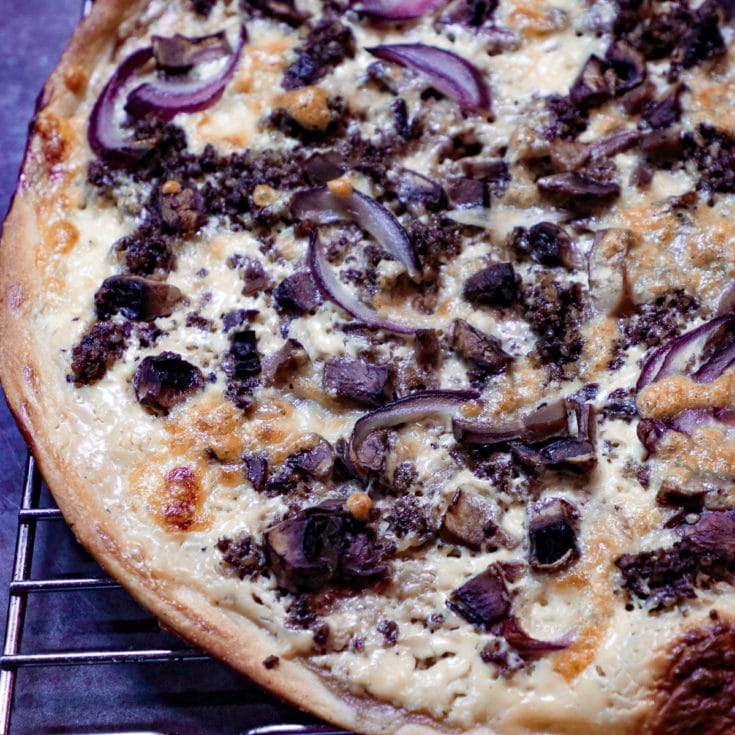Haggis is Scotland’s national dish. It is made with a mixture of minced sheep’s liver and lungs, spices and seasonings, and wrapped in an artificial casing.
It is a traditional food that has been served at various Burns Night celebrations throughout the country. However, a lot of debate surrounds its origins.
Overview of Haggis as a Food Source
Haggis is a traditional Scottish dish made from sheep’s heart, liver and lungs, minced with onion, oatmeal, suet, salt and spices. The mixture is traditionally boiled in a sheep stomach or casing for at least an hour.
It is often served with neeps and tatties (turnips and potatoes), which are mashed together for a creamy mash. No Burns Night dinner is complete without these sides.
Culinary Uses and Traditional Dishes Featuring Haggis
Haggis is a meat-based dish that has long been a staple of the Scottish cuisine. It consists of offal (mainly the heart, liver and lungs) mixed with oats, onions and spices.
It was originally made to eat up leftover sheep parts that butchers might have discarded. Similar to other sausages, haggis was developed as a way to use the least expensive cuts of meat.
Today, haggis is eaten throughout the year. It is particularly popular on Burns Night, a celebration of Scotland’s national poet, Robert Burns.
Availability and Market Trends of Haggis Consumption
Haggis is a popular food across the globe, and its availability has increased over the years. It has now become a staple dish in countries such as Hong Kong and Ghana, where it is enjoyed in conjunction with Burns Night.
It has also been adapted to meet the tastes of people with different dietary requirements. Scotland’s leading haggis producers, including Simon Howie and MacSween’s, have seen a rise in demand for meat-free versions of the dish.
Traditionally, it has been made from pig’s heart, lungs and liver. However, since it was banned in the US, many manufacturers have been experimenting with alternative ingredients to keep the meaty flavour and texture of the dish. One company, Scottish Gourmet USA, has used grated beef liver as a substitute for the lungs.
Health Benefits and Concerns
Haggis is a traditional Scottish dish that is made with sheep heart, lungs and liver minced together with onion, oatmeal, suet, spices, salt and stock. It is then packed into a sheep’s stomach and gently boiled.
However, the consumption of haggis has been associated with health concerns. One such concern is that it may contribute to the development of cardiovascular disease.
Another concern is that it is a high-fat and high-calorie food. It is therefore not suitable for those who are looking to lose weight.
Sustainability Issues
Haggis is a traditional Scottish dish consisting of minced sheep organs (heart, liver and lungs) mixed with onion, suet, oatmeal, salt, spices and stock. The meat is then stuffed into a sheep’s stomach and cooked until tender.
While haggis is a staple of Burns Night celebrations, it also poses significant sustainability concerns. The main ingredient in the recipe, sheep lungs, is now at risk of dying out due to global warming.
According to a recent report, the main culprit is lung worm, a parasite that’s been thriving as the climate changes. Lung worm infects sheep lungs and makes them unusable for making haggis.

